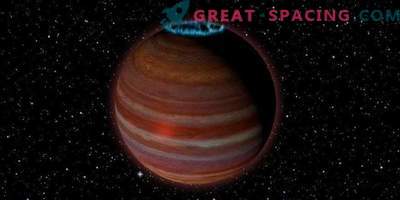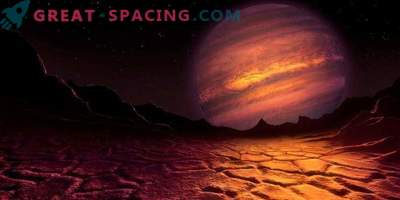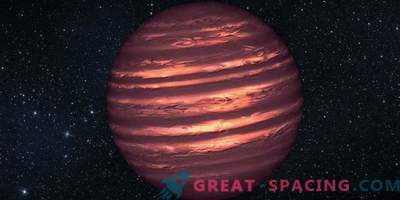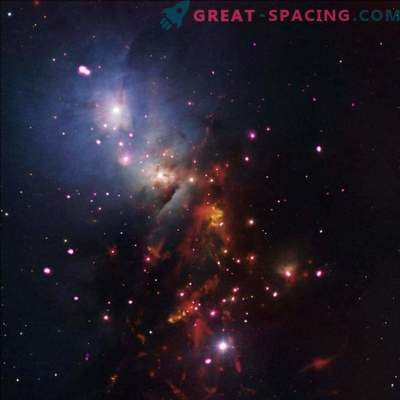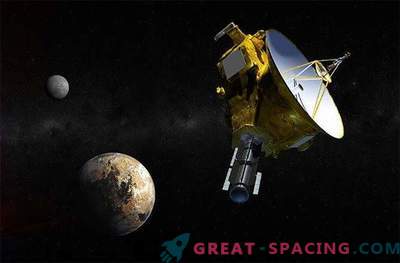
Astrophysicist Kevin Schlaufman proposed a new definition for the planet.
Pluto is still the cause of a discussion between scientists on what can be called a planet. Moreover, this moment is important when we begin to consider objects outside our system. The dispute concerns not only semantics, but also the process of the formation of giants. The solution tried to find an astrophysicist from Johns Hopkins University, Kevin Schlaufman.
He set the upper limit of the mass of the planet - 4-10 times the massiveness of Jupiter. Schlaufman believes that the limit can be set by improving the technology and methods of astronomical observation. New achievements have made it possible to find much more planetary systems outside the solar system, which means that stable models can be observed.
The new study analyzed 146 solar systems. To formulate a precise definition of a planet is difficult when it comes to giants. Sometimes the object is immediately referred to a giant planet and a brown dwarf. The latter are more massive than ordinary planets, but they are inferior in massiveness to the smallest stars.
For decades, brown dwarfs remained problematic objects: how to distinguish them from massive planets? The scientist says that one mass is not enough for categorization, so I had to turn to another characteristic. Schlaufman decided to use the chemical composition of our Sun. He says that the object can be recognized not only by size, but also by its surroundings. Giants, like Jupiter, are usually located in the orbit of stars that have more iron. In addition, giants are formed from the bottom up: first they create a rocky core, which is then shrouded in a massive gas cloud. They need to look around the stars, forming rocky objects.
Brown dwarfs and stars are different because they form from top to bottom, as the gas clouds collapse under their own weight. Schlaufman wanted to find a mass in which objects cease to worry about the stellar composition. He found that bodies that are 10 times larger than Jupiter’s massiveness are not located near the stars that create the stones. Therefore, they do not repeat the path of the planets.
New data may affect familiar patterns of planet formation. The main thing is that now objects with ten masses of Jupiter should be considered as brown dwarfs, and not planets.
